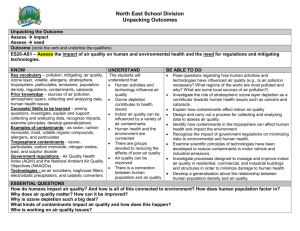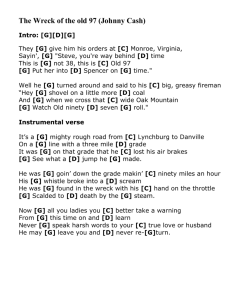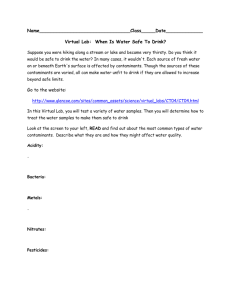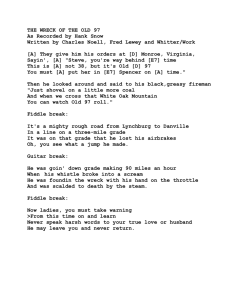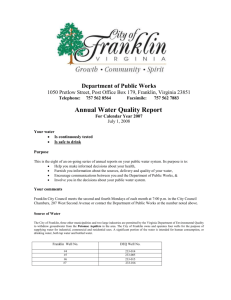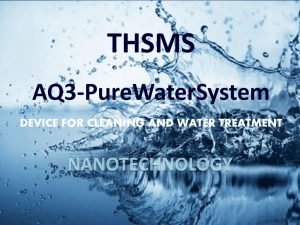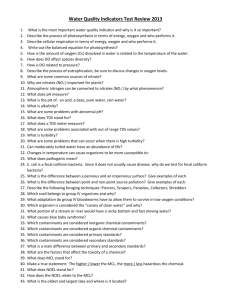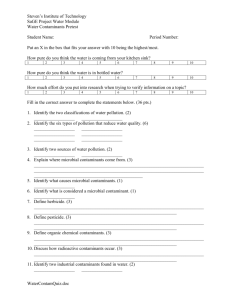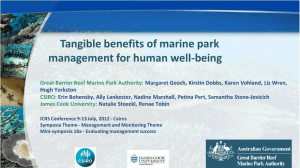Microsoft Word - Submission of Shaw Mead
advertisement
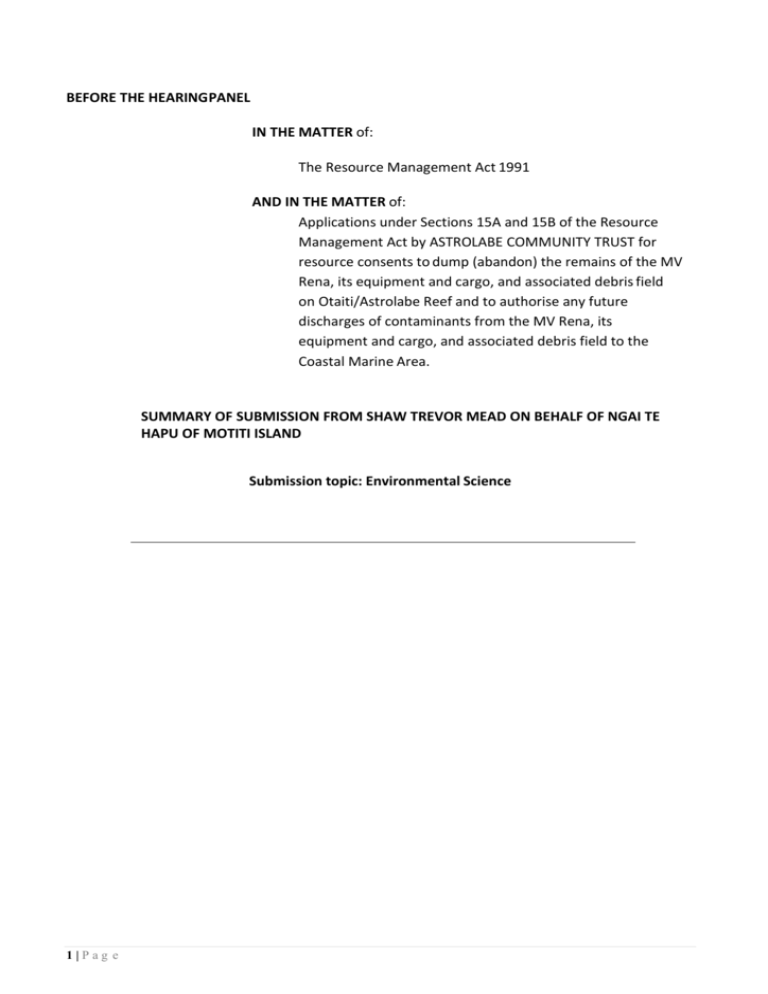
BEFORE THE HEARING PANEL IN THE MATTER of: The Resource Management Act 1991 AND IN THE MATTER of: Applications under Sections 15A and 15B of the Resource Management Act by ASTROLABE COMMUNITY TRUST for resource consents to dump (abandon) the remains of the MV Rena, its equipment and cargo, and associated debris field on Otaiti/Astrolabe Reef and to authorise any future discharges of contaminants from the MV Rena, its equipment and cargo, and associated debris field to the Coastal Marine Area. SUMMARY OF SUBMISSION FROM SHAW TREVOR MEAD ON BEHALF OF NGAI TE HAPU OF MOTITI ISLAND Submission topic: Environmental Science 1|Pag e 1. Following the outcomes of the expert JWS statement, there remains several areas of concern with the proposal to leave the remains of the Rena wreck on Astrolabe Reef. 2. The effects of direct wave forces and wave-driven currents due to extreme wave events have not been considered in the applicant’s evidence. The extent and consequences of extreme wave events on the wreckage and contaminants in and on the wreck with respect to the potential ecological impacts have not been adequately assessed. 3. The applicant has not given the impact of extreme wave events on the remains of the vessel due consideration, and as a result has reached incorrect conclusions with respect to the ecological impacts of leaving the it in place along with the associated contaminants (in, under and on it). The wreck is perched on a rocky reef, and as a result is susceptible to movement and breakdown during extreme wave events. This means, the impacts of leaving the wreck and associated contaminants on Astrolabe reef will result in long- term impacts on the reef due to pulse releases of toxins and abrasion of sessile organisms over an increasing area. 4. Given the many unknowns and the known very high levels of some contaminants in, under and on the wreck, it is my opinion that a precautionary approach should be taken and the remaining wreckage should be removed along with debris and contaminants in the vicinity. 5. It is unlikely the wreck has enhanced the local biodiversity by its presence, which was evident during my site inspection. Should it be left in place it will continue to release contaminants into the marine ecosystem and distribute contaminants over an increasing area of the reef and the surrounding environment. This is evident in the contaminant monitoring to date, which show that there is exceedance of the sediment quality guidelines for several contaminants associated with the wreck. 6. I do not agree with the applicants approach to dilution of contaminants, e.g. that since there is increasing dilution of dissolved copper at increasing distance from the contaminant source, then there is no impact on the marine environment. This assumes that marine biota will remain at a distance beyond the area of contamination above the guidelines, and that we could dump any and all contaminants into the marine environment since they will be diluted. 7. I do not support the applicants suggested offset mitigation with which I strongly disagree. There should not be a requirement to leave a contaminated vessel on an ecologically valuable reef in order to undertake research into the minimisation of agricultural run-off (specifically copper) into the Bay of Plenty. This is a completely separate issue, which should definitely be researched and mitigated, but not at the expense of another part of our marine environment. Shaw Mead 15 September 2015 2|Pag e


